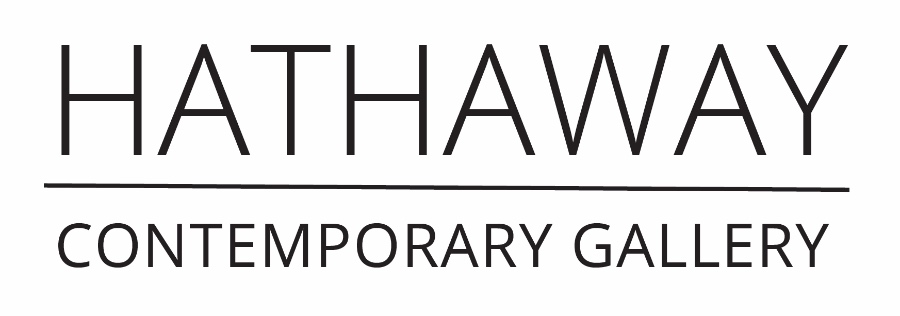Craig Drennen, Double Painter 3, 2013, graphite, acrylic, oil, alkyd, spray paint on paper, 40 x 80 inches
Craig Drennen: Painters
ON VIEW: March 24 - May 31, 2018
OPENING RECEPTION: Saturday, March 24, 6 – 9 PM
Craig Drennen is an artist based in Atlanta, GA. His most recent solo exhibition was BANDIT at the Museum of Contemporary Art, Georgia in Atlanta. His work has been reviewed in Artforum, Art in America, and The New York Times. He teaches at Georgia State University, served as dean of the Skowhegan School of Painting and Sculpture, and writes for Art Pulse magazine. Since 2008 he has organized his studio practice around Shakespeare’s Timon of Athens.
I identify primarily as a painter, even though the centrifugal force of my studio practice often propels me outside the practice of painting. It is assumed that painters have an inherited right to observe and record any chosen spot in nature in order to produce new work. I expand that idea in order to say that a painter may stare at any spot in culture as an initial condition for the production of work. Since 2008 I have organized my studio practice around Shakespeare’s Timon of Athens. It is considered Shakespeare’s most problematic work and is the only one of his plays not performed in his lifetime. I chose a “failed” work because the play’s obscurity creates unpoliced cultural bandwidth that I can occupy. For each character in the play I produce a distinct body of work based on contemporary associations, resulting in a collection of related pieces composed of separately considered parts. Timon of Athens allows me to build an entire imaginative universe--in the manner of William Blake or Matthew Barney--from one discarded 17th-century play.
Thus far I have introduced ten characters from the play. These ten characters include Mistresses, Chorus, Flattering Lords, Masquers, Timon of Athens, Apemantus, Servants, Painter, and Poet. I began the latest character, Bandit, in late 2016, propelled by a multi-process print and an 8-minute video. The Bandit pieces braid multiple threads of content using recurring formal elements: secular signifiers of Santa, the graphic dollar sign, and the utopian promise of the modernist grid. The images of Santa access a flattened, childlike version of anticipatory belief. The dollar sign acts as a cartoonish version of adult monetary desire. The grid forms a sturdy self-referential armature onto which all other agendas may be confidently attached, while also nearly resembling wrapping paper.
Timon of Athens is a corrupted text of indeterminate history, questionable sources, and a dubious relationship to the respected canon. That is to say, it mirrors my own position in the art world perfectly. I have worked on this project for nine and a half years and I anticipate working on it another decade, or until I address the full cast of the play. In the end, the asymmetry between Shakespeare’s reputation and my own will likely remain intact. But there will come a time when Timon of Athens will be known as mine instead of his.

